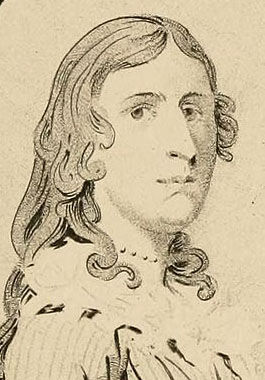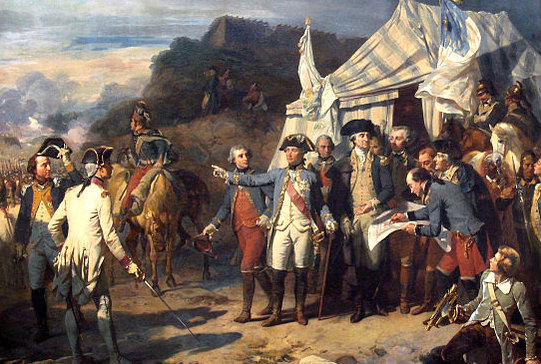Meet the Woman Who Fought in the Revolutionary War

As we pause today to remember and honor those who served their country in the armed forces, it’s also a good time as any to look back at one of the first women ever to do so.
Meet Deborah Sampson. Sampson was born in Massachusetts in 1760 and after a rough childhood, Deborah ended up teaching in the summer and working as a weaver in the winter.
However, as war continued against England, in 1782 Deborah could stand it no longer and wanted to do her part and serve her country. She first disguised herself as a man and tried to enroll as Timothy Thayer, though another recruit recognized her and Sampson disappeared before the company headed out. Her church excommunicated her unless she said she would not attempt such a thing again. She didn’t agree.
For a second time, she disguised herself as a man, took on the name Robert Shurtleff and joined the Fourth Massachusetts Regiment. She was a natural leader and, after a time serving as a scout, Sampson led a raid of a Tory home that led to the capture of 15 men.

She fought in the battle of Yorktown, digging trenches and enduring cannon fire overhead. If that wasn’t enough, she survived a gash in her head from a sword and was shot in the thigh twice. Fearing she’d be found out, she pleaded with her fellow soldiers to let her die- they refused and brought her to a hospital. Doctors were able to patch the cut on her head but she escaped before they could remove the bullets. She removed one of them herself with a penknife- the other remained in her leg the rest of her life.
She retired from the service in 1782, receiving an honorable discharge. A book was written about her life and, after marrying and raising a family, Sampson took to the tour circuit in 1802, lecturing about her service.
After she died at age 66, Sampson’s husband petitioned Congress to allow him to receive pay as a “spouse of a solider.” Congress ended up deciding to allow him to receive the pay because Sampson, in their words, “furnished no other similar example of female heroism, fidelity and courage.” Indeed.
